Trophic Organization and Stratification:
Trophic Organization:
A community is characterized by a definite trophic organisation with its three levels. These three trophic levels are producers, consumers and decomposers.
Producers- Green plants synthesize food for the entire community and hence are called producers. They take up carbon dioxide and water with dissolved minerals from the surroundings and change them into complex organic compounds (foodstuffs) by means of energy obtained from sunlight. This process is known as photosynthesis.
Consumers- All animals including man and a few non-green plants depend on green plants directly or indirectly for their food. They are known as the consumers of the community. Consumers may be herbivores or carnivores. The animals which feed on plants (plant-eaters) are called herbivores (or primary consumers) and those which feed on other animals (flesh-eaters) are called carnivores (or secondary consumers).
Decomposers- Some organisms like decay bacteria and fungi break down (decompose) the dead bodies and excreta of the producers and the consumers into simple substances (example- carbon dioxide, nitrates and phosphates) and make them available to green plants for the synthesis of food. Such organisms are known as decomposers.
Stratification- The populations of different species in a large community (terrestrial or aquatic) occupy different strata. This phenomenon is referred to as stratification. For example- different organisms forming the river community do not remain together at a particular region but are found at different strata or layers. Some organisms live at the bottom, some organisms float on the surface and some organisms swim at the intermediate depths. In a forest community, all the plants are not equally tall but some are very tall, others are of medium height and still others are short.
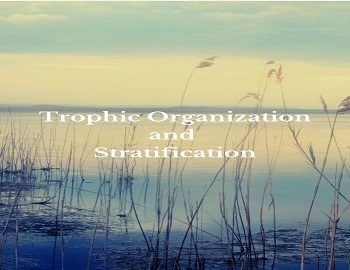
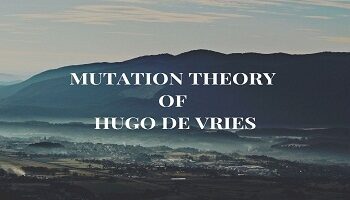

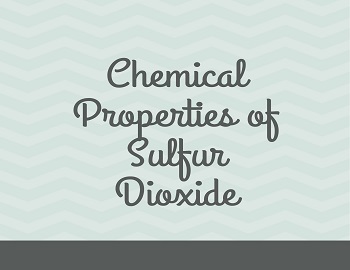


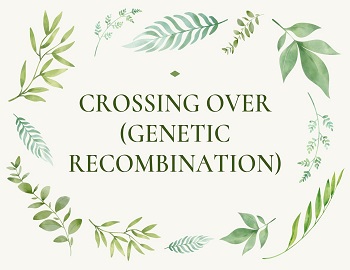
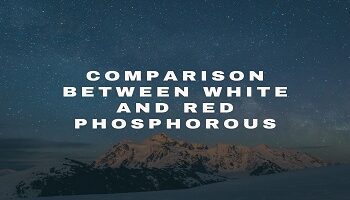

Comments (No)